You want potential customers to do a lot of thins.
They need to visit your landing pages, buy your product, join your email list, click your call to actions, follow you on social media, or just read your article.
So what do you need to make all of those things happen?
You need them to click – click-through rates are the web’s lifeline.
Why do you think that conversion rate optimization experts A/B test the copy, graphics, and other elements on a web page?
It’s to maximize the click-through rate and to improve the conversion rate from the visitors at every stage of the funnel. For any kind of online conversion, clicks are the mandatory form of call to action required from your target audience.
Once you’re aware of the most conducive environment for boosting your click-through rate on different platforms, you can generate more of them.
That’s why I’ve emphasized increasing your CTR in search results, landing pages, social media posts, and advertisements.
Your goal is to improve conversions across the whole of your digital marketing campaign and not just focus on one marketing effort.
But, if you trick people to click, then get prepared to face some wrath – no one wants to be duped and it won’t help to improve your conversion rate overall. Clickbait headlines and images from the likes of BuzzFeed and UpWorthy are regularly criticized for deceiving the users and this is a poor form of online marketing. Conversion rates don’t come from trickery but from enticing landing pages and tempting call to actions.
You can’t isolate persuading your target audience to merely click. Instead, you’ve got to also meet the expectations behind their click, resulting in higher engagement and a better chance of higher website conversion rates.
This requires you to understand the psychology behind why people click. Although it involves physical and mental effort, internet users like clicking. A lower number of clicks will not always equate to the best pathway for your site conversion rate.
In this article, I want to help you generate more clicks and get better engagement so you can send potential customers down the conversion funnel.
Let’s start with understanding how your website visitors behave so you can help boost your conversion rates.
Use heatmaps and Google Analytics to understand how your audience is interacting with your website
What’s the best way to understand your target audience?
It’s by getting into their shoes to understand their challenges and how they use your product.
Once you understand the path of your website visitors, you can improve their journey and deliver relevant content, great website design, and awesome landing pages. All of those things will help improve conversion.
Let me elaborate, with an example.
Suppose an article on your website starts ranking on the first page in the SERPs for a high-volume keyword.
But, before you were about to start the celebrations, you found that you’re ranking for an irrelevant query that will not get you targeted traffic or any chance of marking up your website conversion rate.
If people don’t like what they see, they aren’t coming back. So even if you end up ranking for something, you aren’t going to stay on page one if the users aren’t sticking around (bouncing away quickly) or coming back.
This will show Google that your content probably shouldn’t be there in the first place.
Years ago, people believed that “pogo-sticking” was detrimental to SEO and rankings.
The idea was simple: people would bounce away from one site back to the SERPs and check something else out. If they weren’t satisfied, they would keep bouncing back and forth, or, pogo-sticking.
John Mueller of Google put that theory to rest back in 2018.
But the fact that “pogo-sticking” isn’t as dangerous to SEO as people thought it was doesn’t mean that you shouldn’t worry about the implications that drove to people doing it in the first place.
You want to provide the best content possible to keep people happy. Providing that will help you win more of their clicks in the future and help preserve (or improve) your rankings.
Next, you can also explore where people click on your website and get a percentage breakup, like the one below. This will help you to pinpoint the problem so you can start to adopt a better strategy for improving your website conversion rate.
Years back, Buffer found that 21% of their visitors clicked on their logo at the top.
They also experimented with placing two related post links at the bottom of every post. They found that it was a success for their website conversions as people were clicking on these links.
You can also use an advanced heatmap analysis tool, like Crazy Egg to measure the click-through rate on your website and also find out where your pages are getting maximum attention.
Softmedia used Crazy Egg to recognize that their “Do not click here” button and a video demo were distracting potential customers from clicking on their call to action “Request a Quote” button.
So, they removed both of these distractions, leading to an increase in conversion rates by 51%.
The behavior of your visitors also depends on their referring websites. Which brings me to my next point…
Where does the source of traffic tie into your sales funnel?
The traffic you receive from social media, search engines, and email won’t have the same amount of affection towards your brand. So, let’s try to understand each of these traffic sources to generate higher conversion rates.
On Google, the searched keyword reveals the user’s mindset. Here are the 3 broad types of keywords.
We won’t discuss navigational keywords, as you’ll organically rank for your own brand’s navigational query at the top.
Next, you can target commercial keywords, advertising on Google Ads and drive traffic to your products landing pages. It’s a good strategy to directly pitch your product to a customer and boost your chances of a landing page conversion.
This means that two clicks, one on the ad and the other on the call to action button on your product page, will lead to a website conversion.
Pro Tip: You can offer a discount to raise your ad call to action, improve conversions and generate more sales.
What if you’re ranking on the first page for informational keywords (belonging to an earlier stage of the buyer’s cycle) through your search engine optimization efforts?
You need to first build trust with such visitors who land from organic results. You can offer a free downloadable PDF report, a 3-video tutorial mini-course, or a similar lead magnet to help improve conversion rates.
Next, let’s look at a visitor who lands on your website from a social media platform (organically or through paid social ads).
Primarily, users log on to social media to connect with their friends and family. So, if you’re marketing on social media, your brand is going to be competing in your customer’s timeline with cute baby/cat pictures and personal life updates.
Such a person will most likely have the first contact with your brand through your marketing message (unless you’re remarketing). You’ll need to make them feel special by offering a special discount.
You can also offer insightful content or a helpful downloadable resource, in exchange for their emails.
The traffic from social media and organic search results will require building a relationship if you want to improve your conversion rate. This means that you’ll typically need multiple clicks from the user (to address their objections) before you make a sale.
The good news is that you’ll increase your site conversion rate as well as your lifetime customer value through such nurturing.
Moz found that a new visitor takes seven-and-a-half visits to their website before they opt for a free trial of their product. That means multiple click-throughs to their content from organic search and social media before they even touch the product/pricing page.
The last source of traffic I want to discuss is email. Your list subscribers have already shown interest in your brand but they’ll also need nurturing. How much nurturing will vary based on the nature of your business.
You can activate your subscribers, by adding value through a series of autoresponder emails, before you send the sales pitch.
The number of emails that you’ll need to send to build a relationship and maximize sales will depend on the cost and the type of your products.
Here’s the 4-week email sequence that Ramit Sethi used to generate $5 million in a week from his flagship Zero to Launch course (at a conversion rate of .98% from his email list).
These 4 weeks of engagement might mean upwards of 15 clicks for each course sale.
Alternatively, if you’re an e-commerce/fashion brand, you can increase conversion rates by sending a welcome email and softly direct your new prospects to your online store by offering special discounts.
Explore 7 types of email campaigns, with examples for finding your ideal fit.
In conclusion, only Google Ads can generate a sale within a couple of clicks. Social Media and other traffic sources will generally require nurturing the lead through email until you get website conversion.
Special Case: If you’re upselling or cross-selling to an existing customer through email, then you’ll need fewer clicks to generate sales. Ramit Sethi generated an equal number of sales from 10,422 existing customers and 178,111 other subscribers.
Don’t obsess over clicks. Instead, optimize your marketing for overall conversion rates.
If you’re selling a complex or pricey product, then the first day will bring a small proportion of sales from your customers.
Click-through rates may signify your audience’s interest but you need buying intent to improve conversion rates from more customers, right?
Not all clickers aren’t buyers and vice versa.
Display is more like a touchpoint to generate interest for your brand. Look at the difference between a company’s sales that came after a consumer clicked on an ad (283) vs. when they viewed an ad (23,800).
So, why is there such a huge 100x difference?
The Ad viewers waited for some time before going to the website to make a purchase.
In fact, it takes 3.5 days for a customer to deliver results to your website conversion rate after clicking on a paid search ad link. This means that you cannot optimize your campaigns solely for increasing your click-through rate.
You need to focus on deep customer engagement by getting your prospects to do something. It might start with a click on your ad that adds value and simultaneously delights your customer (like an eBook). But, you’ll need to nurture the relationship to make a sale.
Keep sending them value. That means more exclusive content that they can’t get anywhere else. This content will increase their trust and improve the chances of them becoming your customer.
Even once you’ve generated revenue, you need to keep adding value to the potential customer to build loyalty and create a profitable, long-term relationship with them.
Here are 2 metrics you can measure (along with clicks) for gauging your performance and calculating conversion rates.
1. Sentiment Evolution – Brand awareness is the first stage of every conversion funnel and it’s important to get a positive sentiment around your brand.
2. Cost per lead acquisition – Ultimately, the dollars generated most efficiently matter the most for growing your business.
As you know, all traffic sources aren’t equal. A great way to find your most conducive one is by setting goals and segmenting various traffic sources inside Google Analytics.
Read my advanced Google Analytics hacks article for tips on setting this up.
Brian Clark brings forth an important scenario about when you should actually chase a click:
For creating more brand awareness you should publish popular content that gets shared at a higher rate, even if it doesn’t drive your site conversion rate.
The justification, per Tom Martin, is based on the law of propinquity:
All relationships move through a predictable series of steps, beginning with awareness, followed by knowing, liking and ultimately converting.
Conclusion
A click involves an interaction cost for the user. That’s why you need to prevent wasteful clicks that leave them unsatisfied and doesn’t improve conversion rates for you.
I would recommend that you work to understand the behavior of your website visitors by using the tools that I have shared. Define why they clicked through to your website, based on their traffic source.
But, ultimately, look at the overall numbers you generate when it comes to your website conversion rate instead of minimizing the number of clicks in the conversion path.
More happy clicks on your content and website call to actions mean higher engagement. And, in turn, the prospects will develop a higher affinity towards your brand. So, you can hope for higher business from such engaged clicks.
It’s your turn now – Have you analyzed the number of clicks in your sales funnel and optimized them resulting in better site conversion rates?

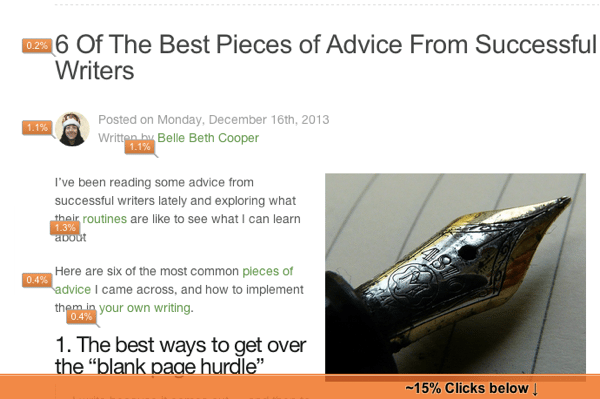


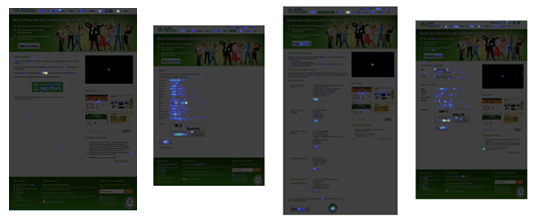
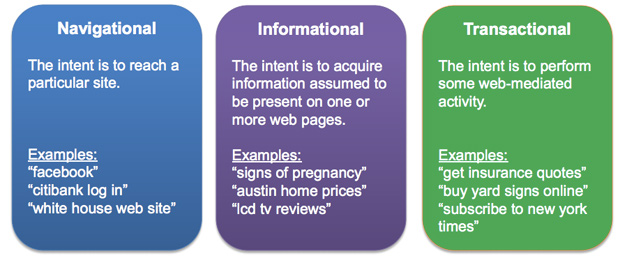
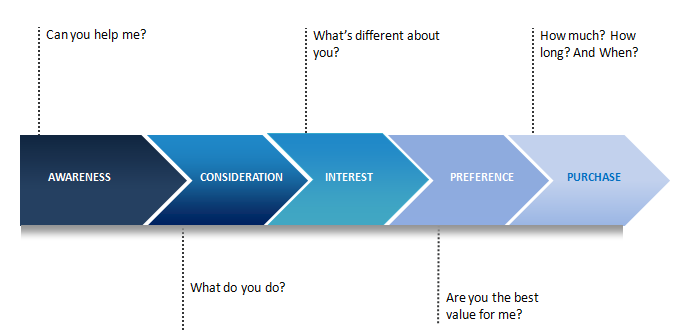
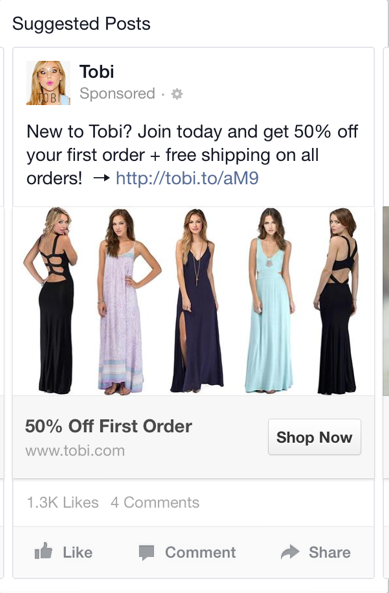
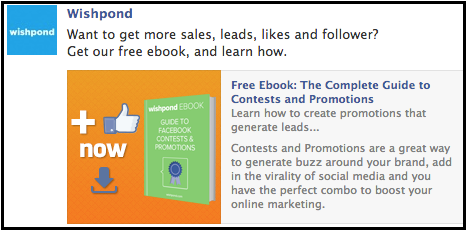

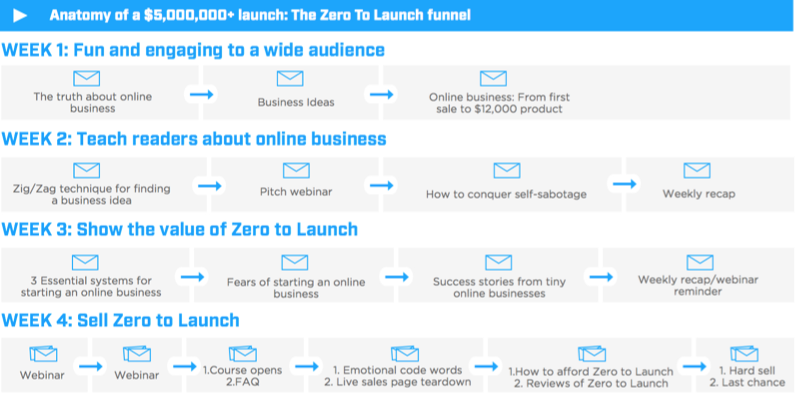
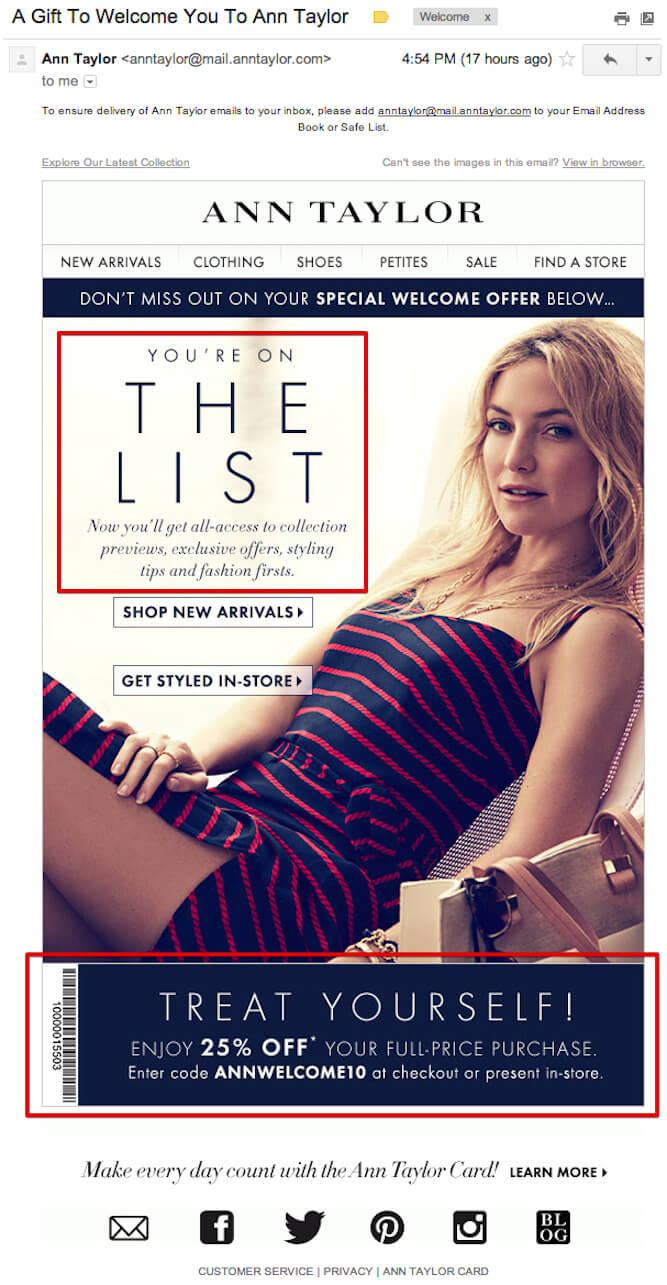
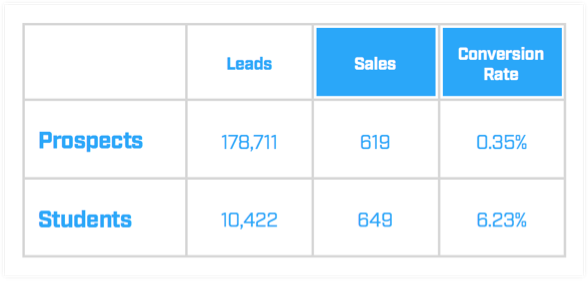
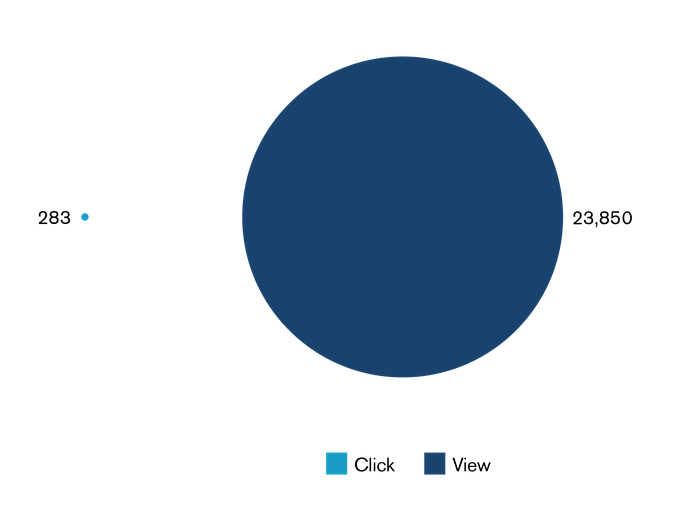

Comments (10)